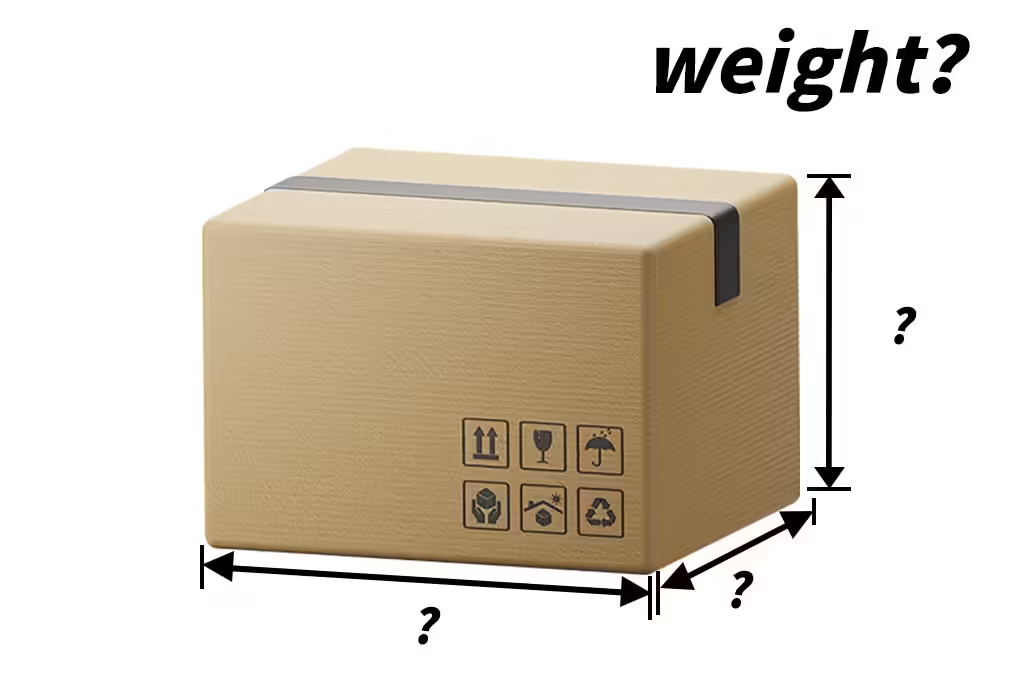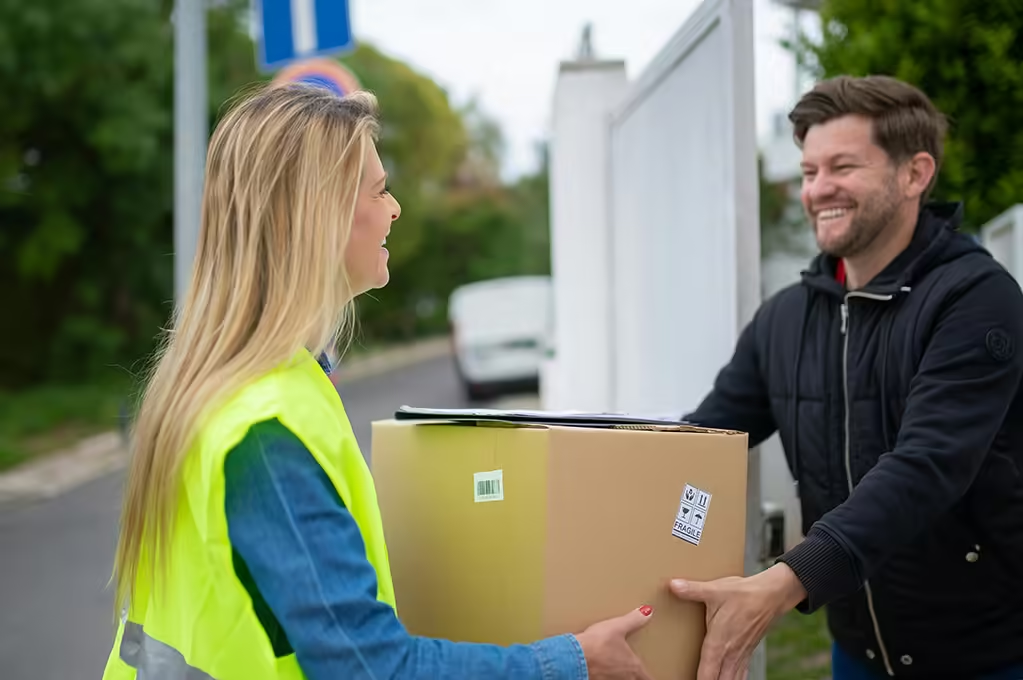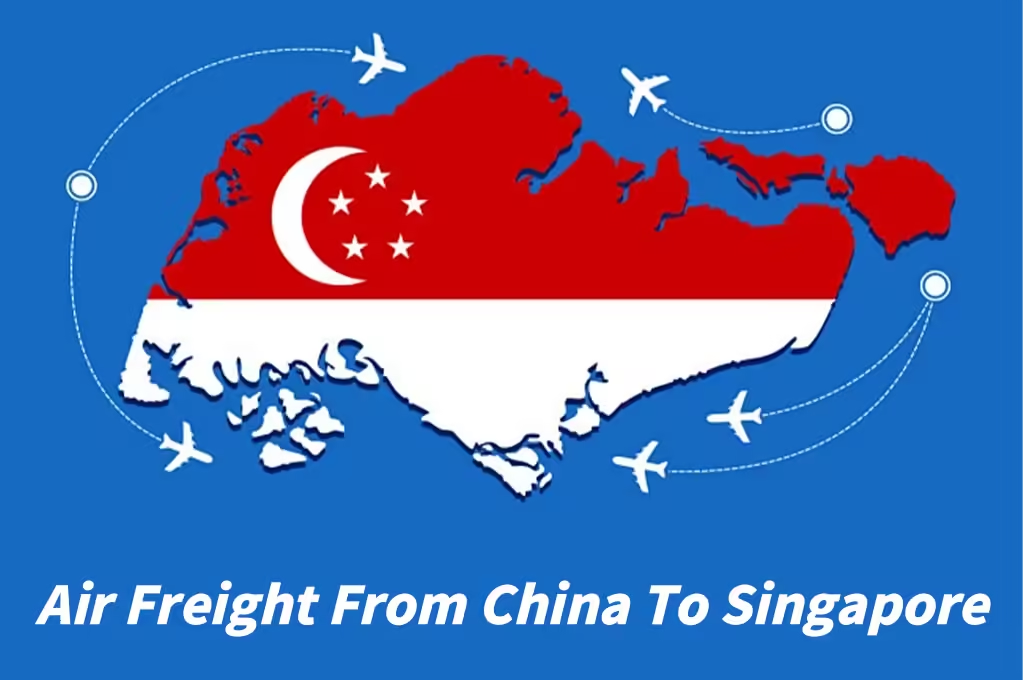Air Freight Process from China to Singapore:A Comprehensive Guide
China and Singapore share strong economic ties, with frequent exchanges of goods and services. Air freight offers a fast and secure way to transport items between these two countries. This article provides an overview of the typical steps involved in shipping goods via air freight from China to Singapore.
Preparation and Planning
Selecting the Carrier
The first step in the air freight process is choosing the right carrier. Factors to consider include cost, transit time, and the level of service offered. Major airlines and freight forwarders offer a range of options tailored to different needs.
Determining Shipment Size and Weight
Shippers need to accurately determine the size and weight of their goods. This information is critical for quoting and planning the logistics. Using precise measurements helps avoid unexpected charges and ensures that the cargo is properly accommodated on the aircraft.

Documentation Preparation
All necessary documentation must be prepared in advance. This includes commercial invoices, packing lists, and any specific customs declarations required by Singapore’s authorities. Proper documentation is essential for customs clearance and avoiding delays.
Packing and Labeling
Choosing Suitable Packaging
Proper packaging is crucial for protecting goods during transit. Shippers should use sturdy packaging materials suitable for air transport and ensure that fragile items are adequately cushioned.
Clear Labeling
Each package should be clearly labeled with the consignee’s details, including the full name, address, and contact information. Any special handling instructions, such as “fragile” or “keep upright,” should be prominently displayed.

Booking and Collection
Booking the Shipment
Once the goods are packed and labeled, the next step is to book the shipment with an air freight forwarder or directly with an airline. The freight forwarder will arrange for the collection of the goods from the shipper’s premises or from a designated location.
Scheduling Pickup
It is important to schedule the pickup well in advance to avoid delays. The freight forwarder will confirm the pickup date and time and provide any necessary instructions for the day of the collection.
Customs Clearance in China
Document Submission
Before the goods can be loaded onto the aircraft, they must undergo customs clearance in China. This involves presenting all required documents to the customs authorities for inspection. The freight forwarder typically handles this process.
Payment of Duties and Taxes
If applicable, duties and taxes must be paid at this stage. The freight forwarder can facilitate this payment, ensuring that all necessary paperwork is in order.

Transport to Airport and Loading
Cargo Security Checks
After customs clearance, the goods are transported to the airport and prepared for loading onto the aircraft. This may involve additional security checks to ensure the safety and integrity of the cargo.
Loading Onto Aircraft
Once the goods are cleared for transport, they are carefully loaded onto the aircraft. The flight details, including the estimated time of arrival (ETA), are confirmed.
Flight and Transit
Monitoring During Transit
During the flight, the cargo is securely stowed and monitored by the airline. Transit times vary depending on the specific route and whether the goods are traveling on a direct flight or through a hub.
Transit Times
For shipments from China to Singapore, the average transit time is typically between 24 to 48 hours, making air freight a fast and reliable option.
Arrival and Customs Clearance in Singapore
Customs Inspection
Upon arrival in Singapore, the cargo undergoes customs clearance at Changi International Airport. This process is facilitated by the freight forwarder, who ensures compliance with local regulations.
Clearance Procedures
The goods are then prepared for delivery to the final destination. If any issues arise during customs clearance, the freight forwarder will work to resolve them promptly.
Delivery to Consignee
Door-to-Door Delivery
The final step in the air freight process is the delivery of the goods to the consignee. This can be arranged as door-to-door delivery or at a specified location, such as a warehouse or distribution center.

Inspection Upon Receipt
The consignee should inspect the goods upon receipt to ensure that they have arrived in good condition. Any discrepancies or damages should be reported immediately.
The air freight process from China to Singapore is a vital link in the global supply chain, enabling businesses to meet tight deadlines and maintain inventory levels. By understanding the key steps involved, shippers can effectively manage their logistics needs and ensure smooth and timely deliveries. With ongoing advancements in technology and regulatory frameworks, the future of air freight looks promising for continued growth and efficiency.

